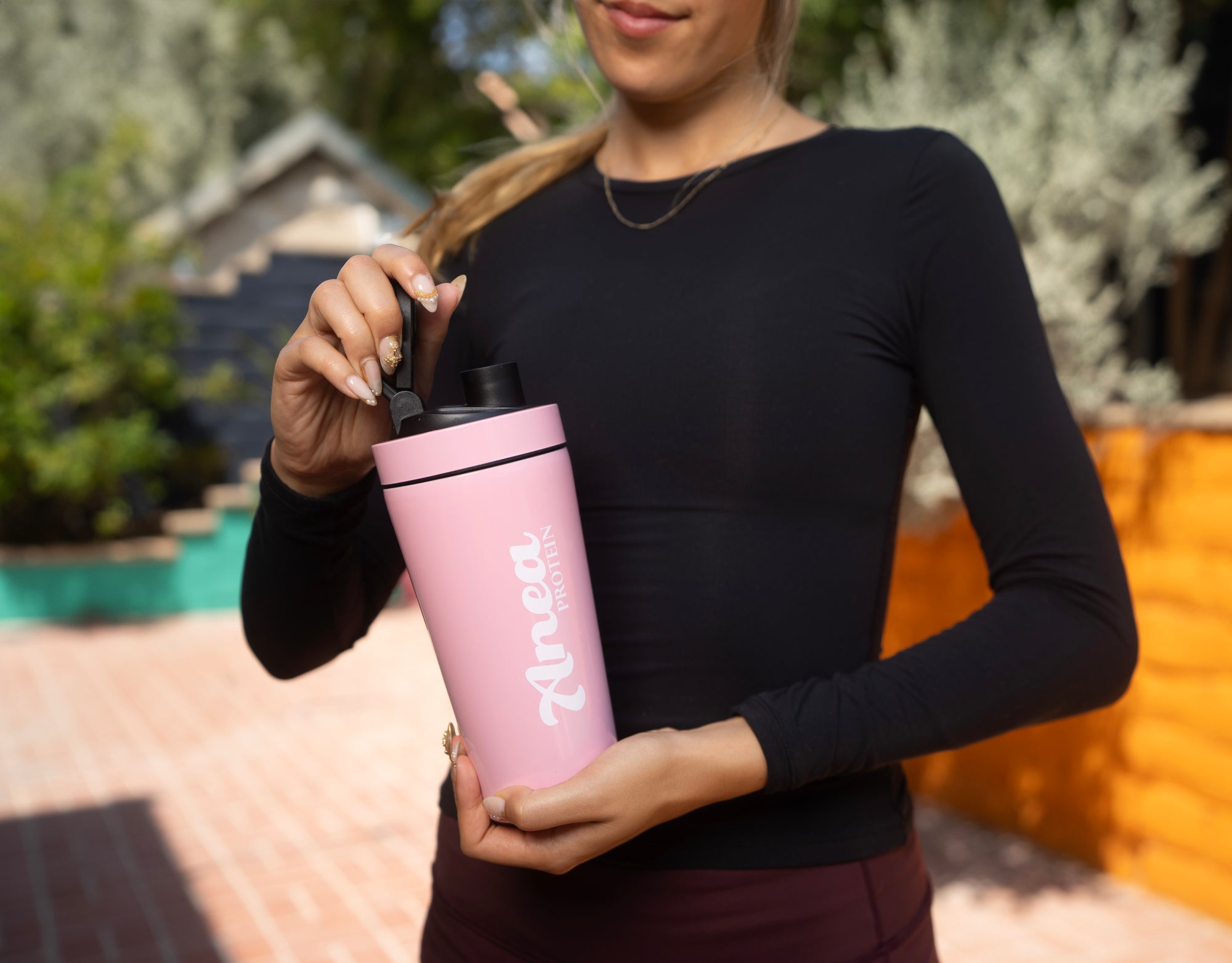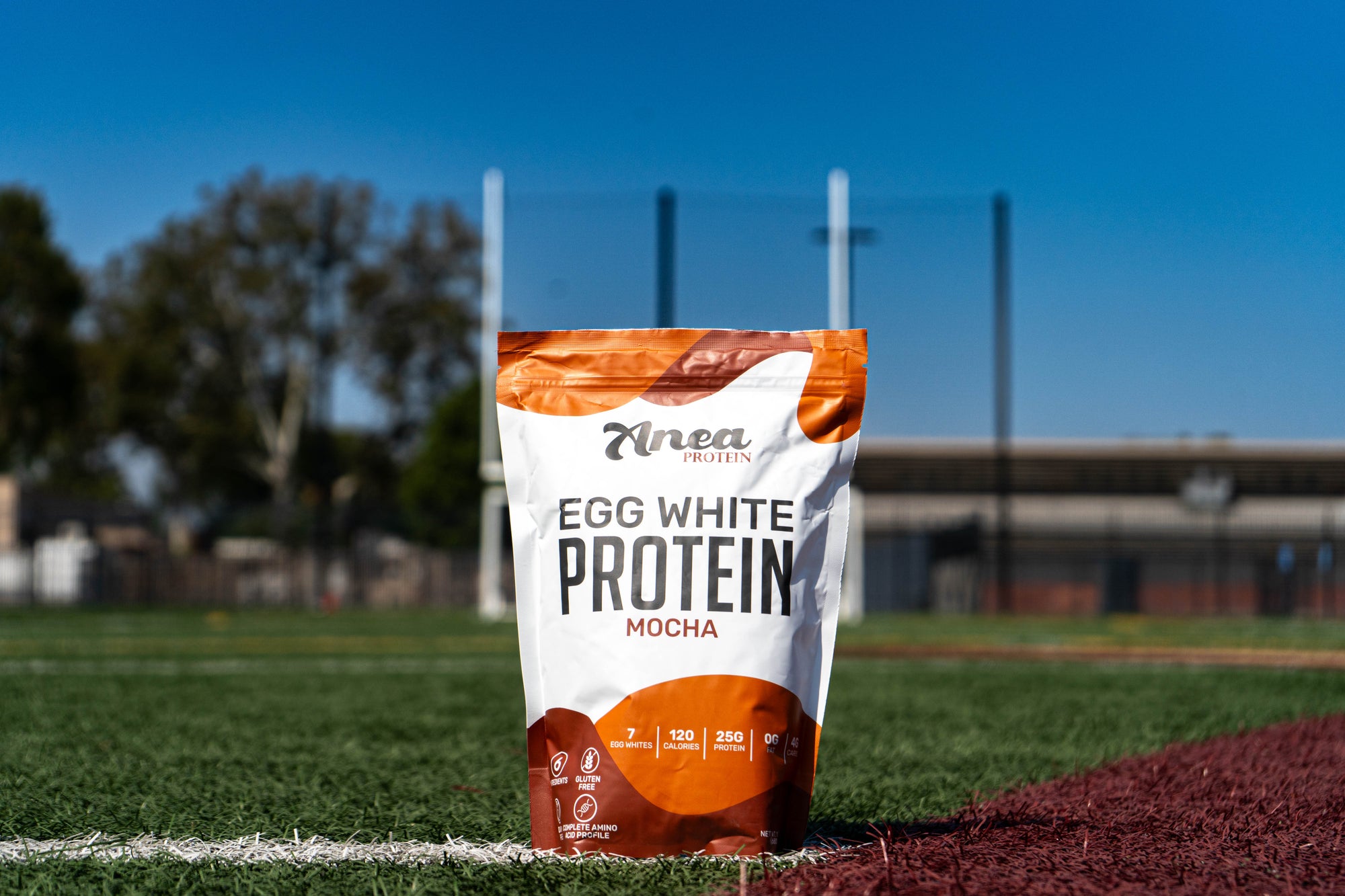

Glow From Within
When you think of beauty treatments, skincare products like lotions and serums come to mind. But there’s one thing you probably don’t think about—and that’s protein. Adequate protein intake is not just for building muscle or losing weight; it’s essential for overall wellness. And when it comes to your beauty routine, it’s your secret weapon!

1. Healthy Skin, Hair, and Nails: Beauty Built from the Inside
If you’ve been searching for the secret to healthier hair, smoother skin, and stronger nails, it might be simpler than you think—protein. Protein is essential for
repairing and rebuilding cells, providing the building blocks for tissue
regeneration and repair. With the right amount of protein, your hair will be
shinier and grow faster, your skin will look smoother and more radiant, and
your nails will become stronger. Forget relying only on external beauty
products—true beauty starts from within.
2. Collagen Boosting: The Fountain of Youth
Ever wonder how to keep your skin looking youthful and firm as you age? Collagen is your answer! Collagen is a protein that gives your skin structure and elasticity, helping it maintain its firmness and smooth appearance. But here’s the catch—our collagen production naturally declines as we age, leading to wrinkles and sagging.
The good news? Protein helps boost collagen production! By fueling your body with the right kind of protein, you support your skin’s ability to stay firm, smooth, and plump. With more collagen in the mix, you’ll notice fewer fine lines and a more youthful, radiant glow. Say hello to smoother skin and goodbye to wrinkles!
And here’s where Anea Egg White Protein comes in. Each scoop contains 25 grams of high-quality protein and all 9 essential amino acids—three of which (proline, glycine, and lysine) are the building blocks of collagen. So, when you add Anea Egg White Protein to your diet, you’re supporting your skin’s collagen production and giving your beauty routine a serious boost.

3. Restorative Sleep: Wake Up to Radiance
We’ve all heard the term ‘beauty sleep,’ and guess what? There’s truth to it!
When you sleep, your body goes into full repair mode, regenerating skin cells, detoxing, and rejuvenating itself. But here’s where the magic happens—protein plays a crucial role in this process, helping fuel your body with the necessary resources to rebuild while you rest. Protein also supports the production of key hormones like serotonin and melatonin, which regulate sleep and improve its quality.
The better your sleep, the more effectively your body can repair and renew itself, leaving you with refreshed, glowing skin in the morning. So, next time you're aiming for that radiant, rejuvenated look, make sure you're getting enough protein in your diet to support your natural glow. It’s the beauty sleep you’ve been dreaming of—helping you wake up not just feeling rested but looking radiant and
ready to conquer the day!
How Anea Egg White Protein Helps You
Glow from Within
If you’re ready to start nourishing your body with protein to unlock your best self, Anea Egg White Protein is the perfect choice! Packed with high-quality egg white protein. you’re not just fueling your body for fitness—you’re nourishing your beauty, energy, and wellness from the inside out.
Think of Anea Egg White Protein Powder as a fountain of youth... in a scoop! It effortlessly elevates your smoothies, desserts, and overnight oats, adding a powerful protein boost to your daily routine. Ready to look and feel your best? Start nourishing your body with Anea Egg White Protein today and experience the transformation as your beauty and vitality shine through from within!
